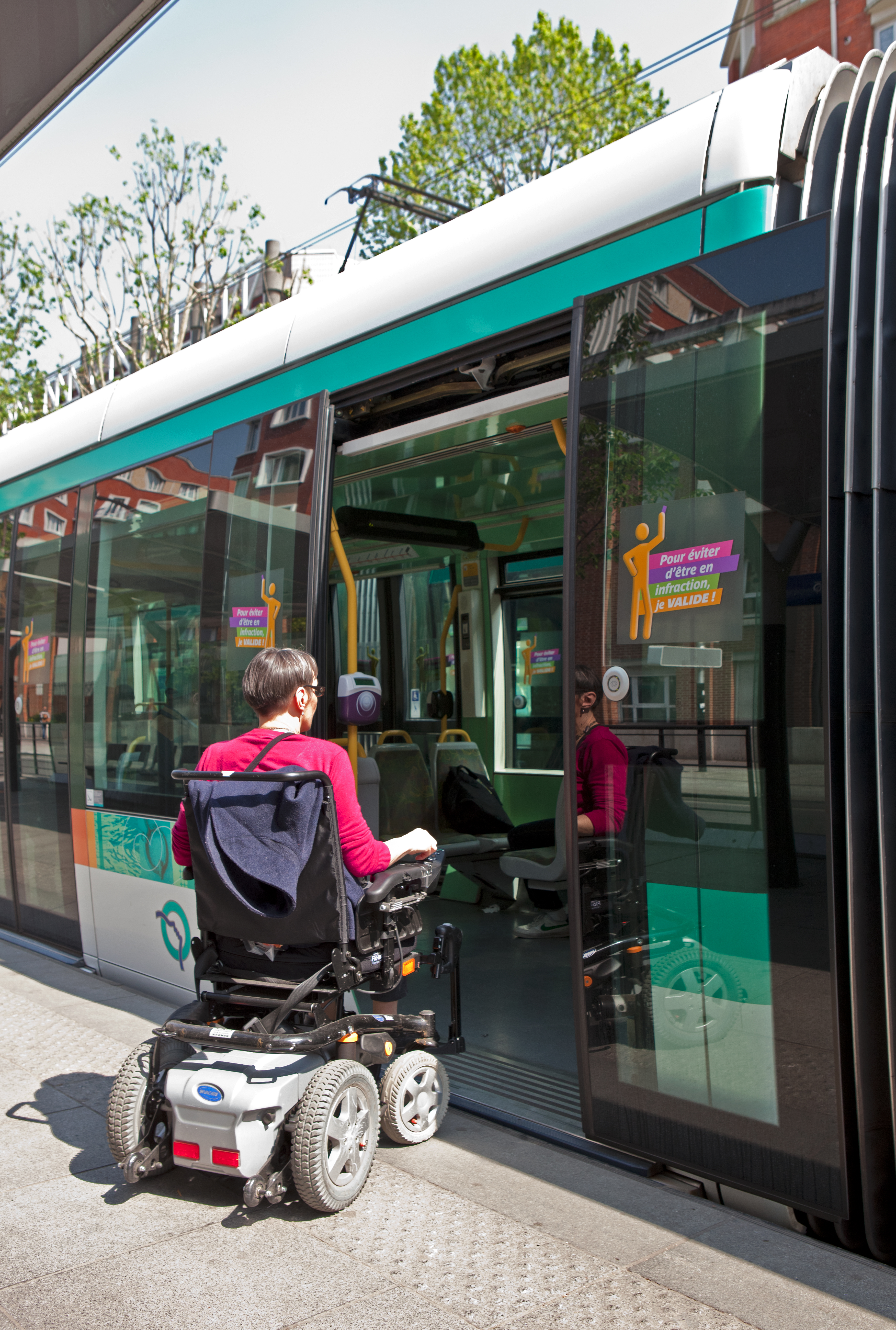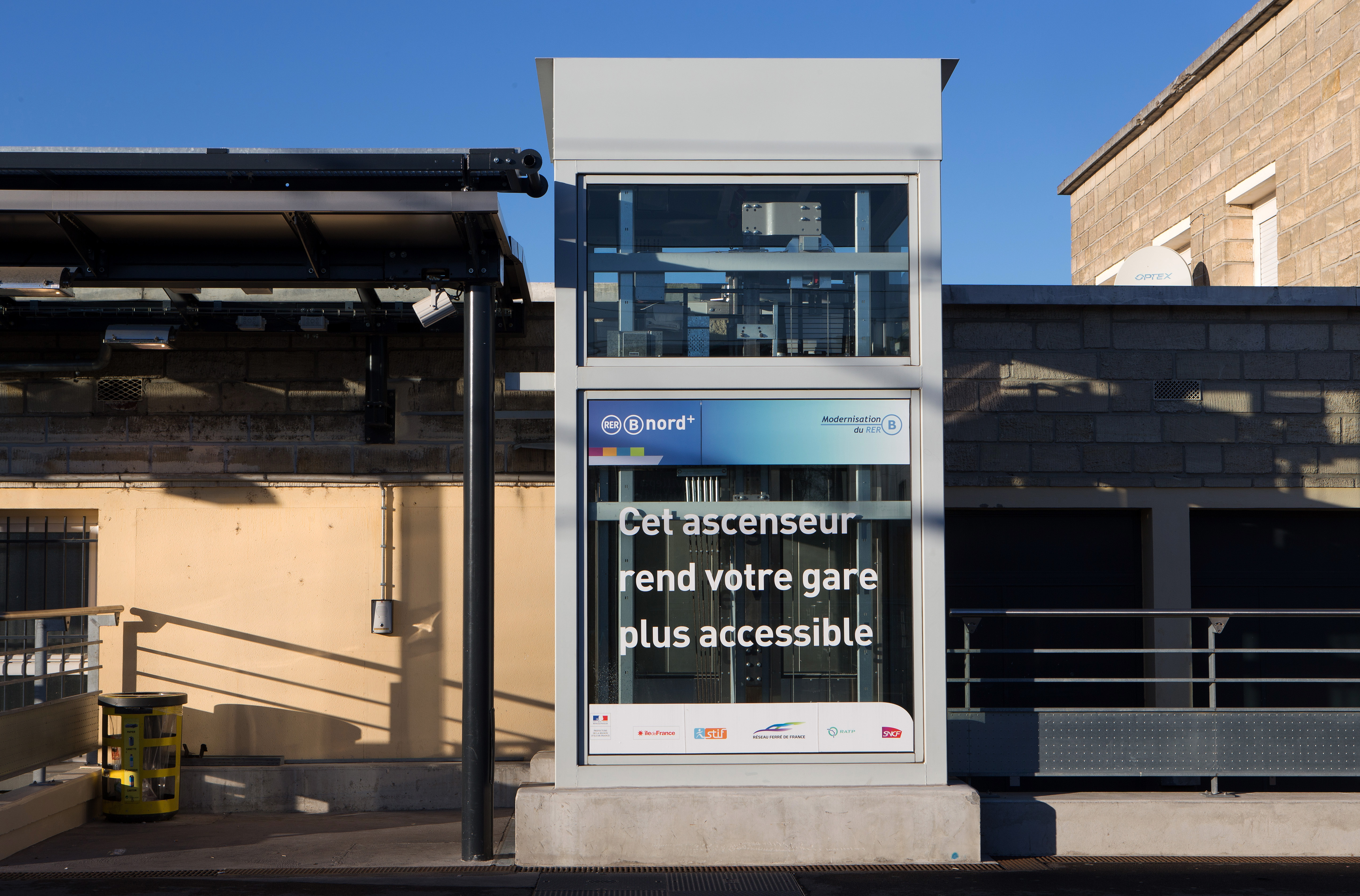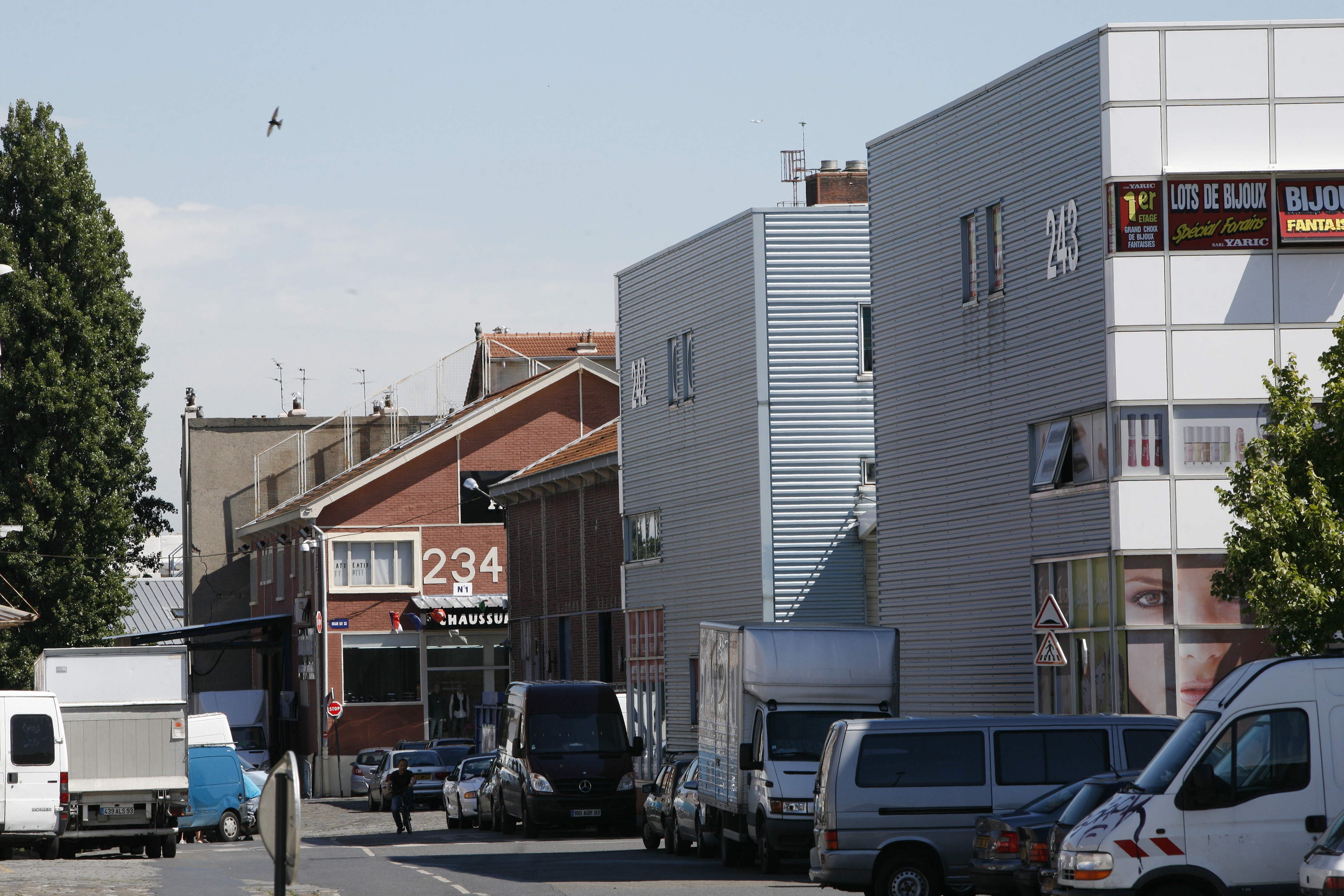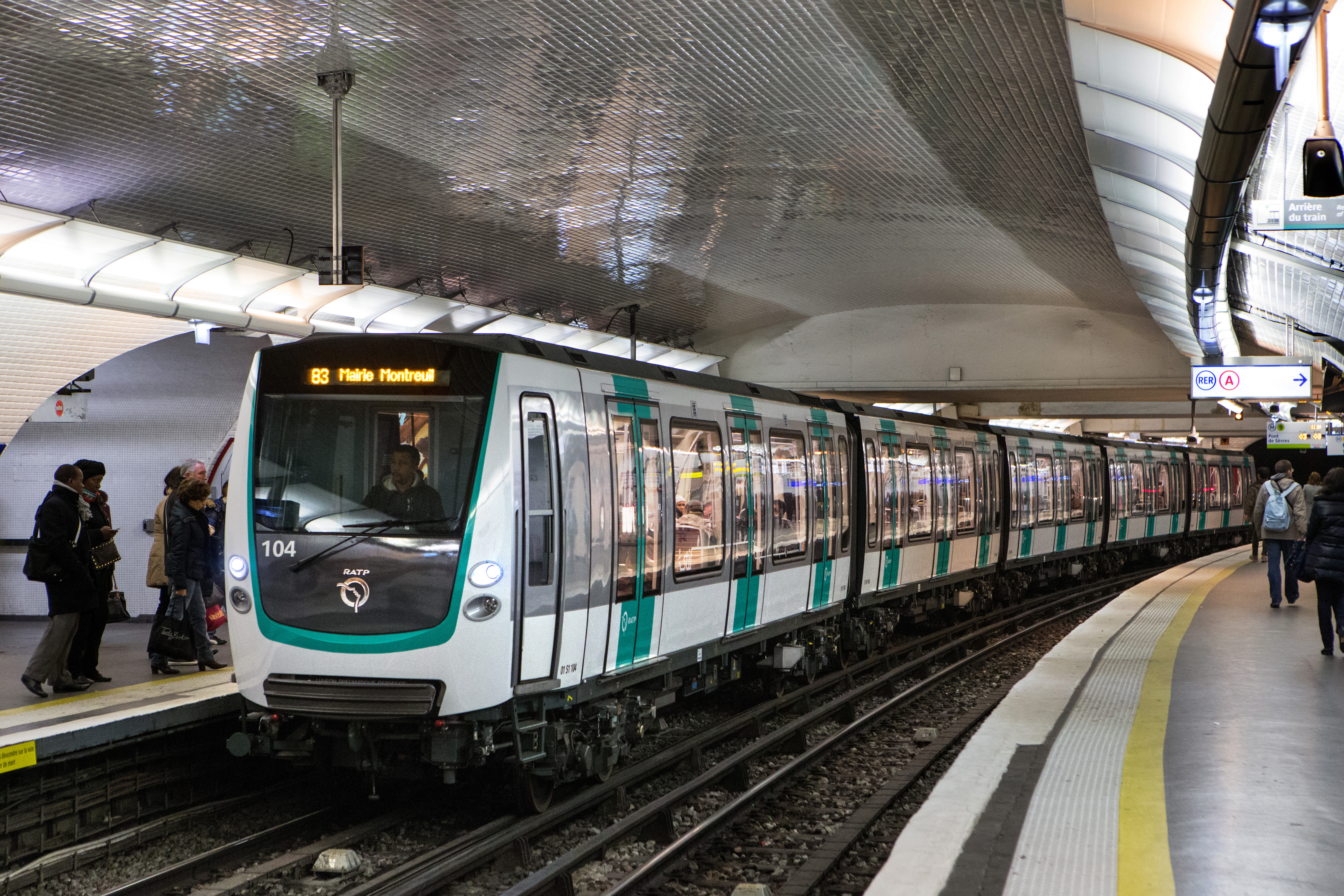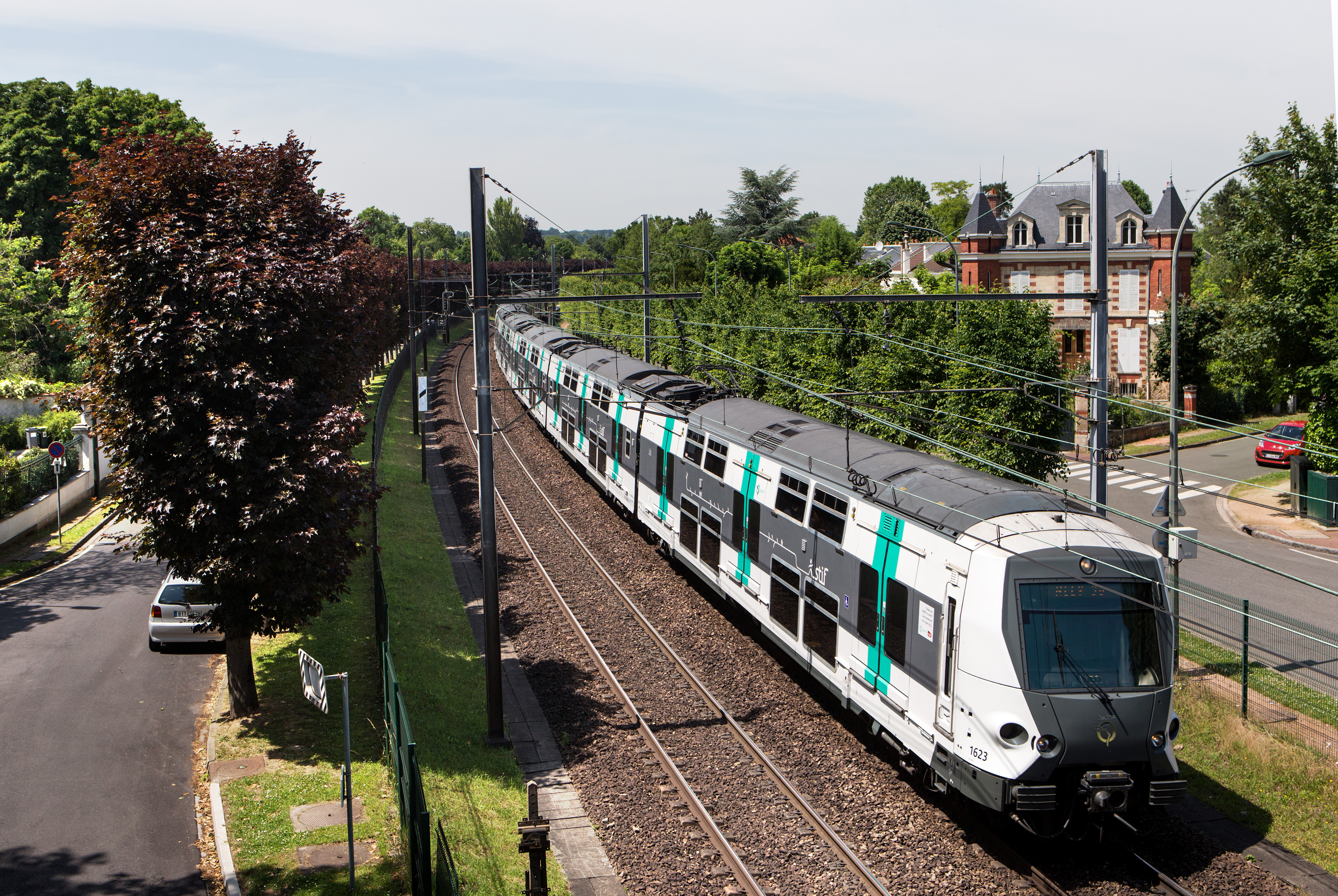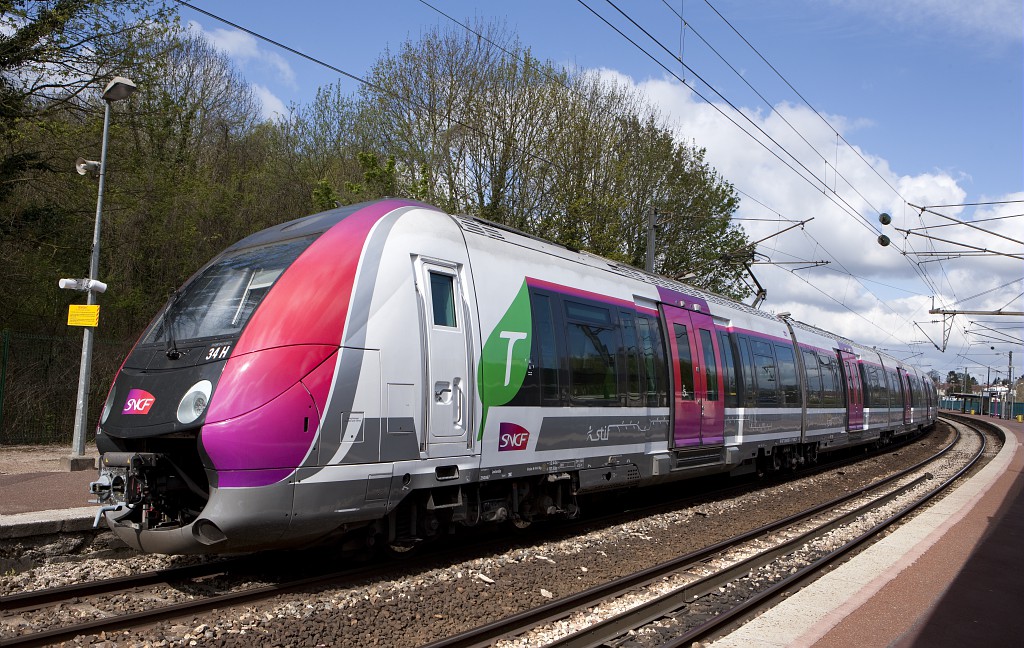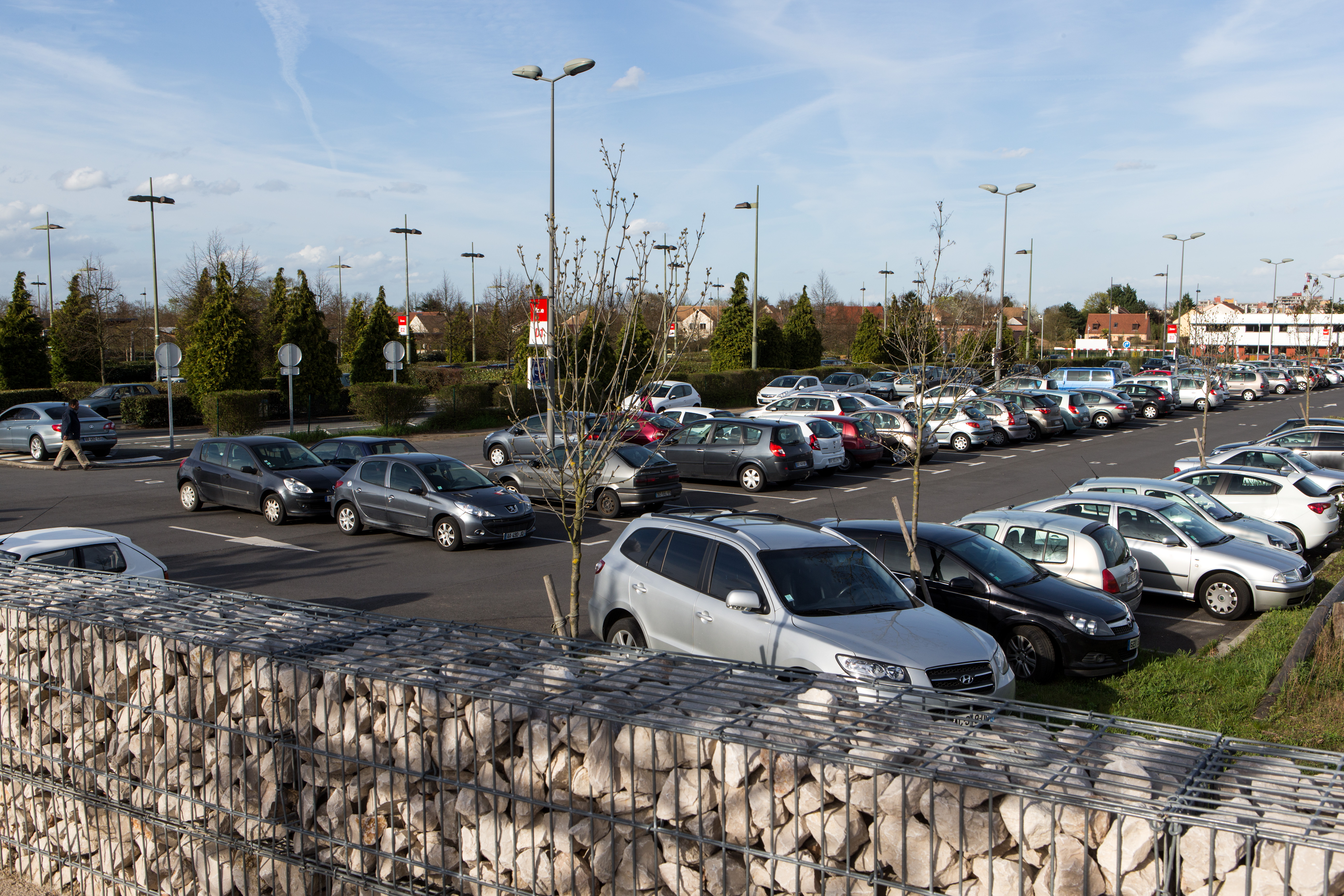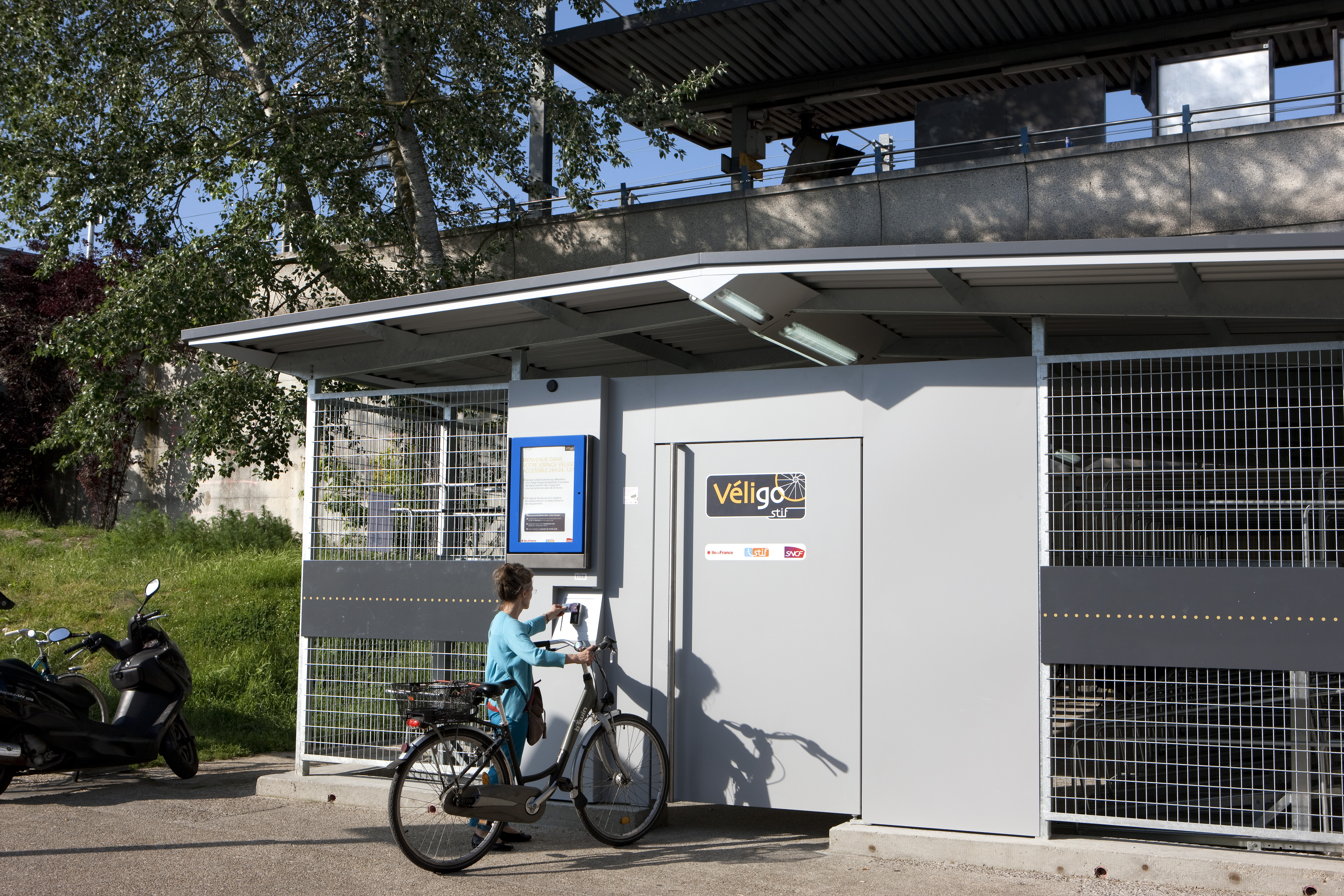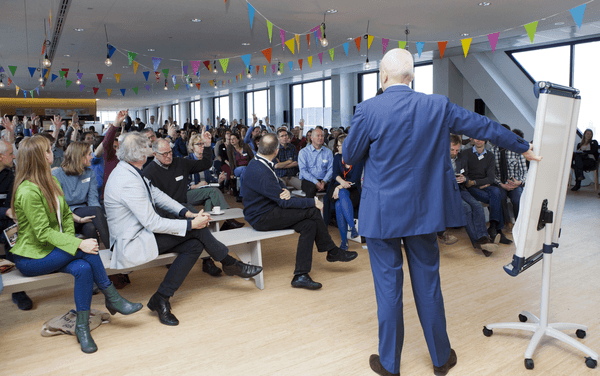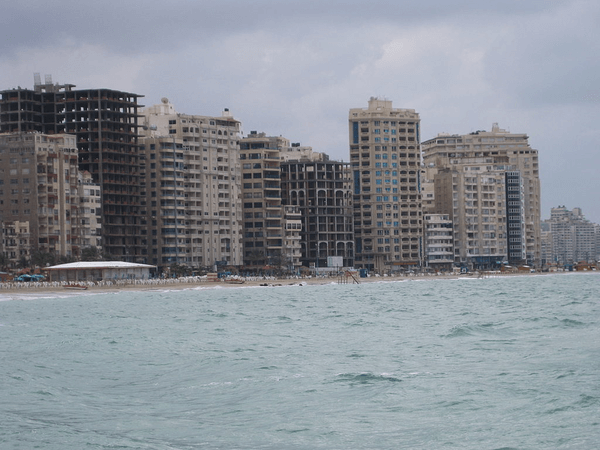Multimodal transport, encouraging the development of various transportation modes and their combination, is a key element of this strategy. For that, the plan identifies 7 guidelines, further detailed into concrete measures and actions:
- Adapting spatial planning in order to favour the development of softer transport modes (public transport, cycling and walk). Making the city more compact and more “intense” through land-use and planning Policy.
- Acting on the attractiveness of public transportation by increasing their offer by 25% until 2020 and improving service quality.
- Giving priority to walking (39% of current transports) for purposes other than leisure.
- Encouraging cycle use through appropriate spatial planning.
- Acting on using conditions of car: both trying to limit it and to decrease the negative effects through better ride share, cycle, and walking encouragement.
- Improving the accessibility of transport modes for all.
- Diversification of transportation modes for goods (90% of goods are transported on roads).
- Improving the governance system of transportation to bring in participative stakeholders as actors.
- Giving better access to information to the population in order to make people aware of the consequences of their choices in terms of transport.
The evaluation of the first plan (implemented from 2000 to 2006) revealed mixed performance in the Parisian transportation policy. Actions from the plan have been implemented but no direct effect derived from it. In the end the former plan allowed the emergence of a sense of need for the organization of transportation in the Ile-de-France Region but was not operational enough.
The new plan for the period 2014-2020 was developed in two main terms as follows:
- From 2008 until June 2009: diagnostic definition of challenges and first strategic direction
- From September 2009 until the end of 2010: objectives accuracy and action’s definition.
The plan was presented to concerned parties in its first version in the beginning of 2011. It has been revised during the same year to include the “Grand Paris Express” project, which is a national plan aiming at modernizing and extending existing network and creating new automatic metro lines in the capital.
The development of the strategy itself intends to take into account all issues linked with transportation (economic development, environmental issues…). At each stage of its development the plan was the object of an “environmental strategic evaluation” which derives from a European directive. It aims at anticipating positive and negative environmental effects of potential actions, in order to maximize or minimize them.
The responsible institution for the plan’s development was the Ile-de-France Region. The process was coordinated by the STIF, the public authority responsible for transport development in Ile-de-France. Consultation of local institutional authorities was organized by: communes, public bodies for inter-municipal cooperation, and departments. Then, the environmental authority presented its opinion on the plan’s draft. A public enquiry was organized. Finally, the French State gave its opinion on the plan. The fact that the region was identified as the leading institution allowed a better understanding between supra- and intra-national interests. Moreover, the inclusion of others institutions in the draft process was organized in a bottom-up approach with the smaller entities first enquired (the communes) and the state only on the latest stage, so that the plan could develop from the beginning a precise approach of challenges on the local level.
